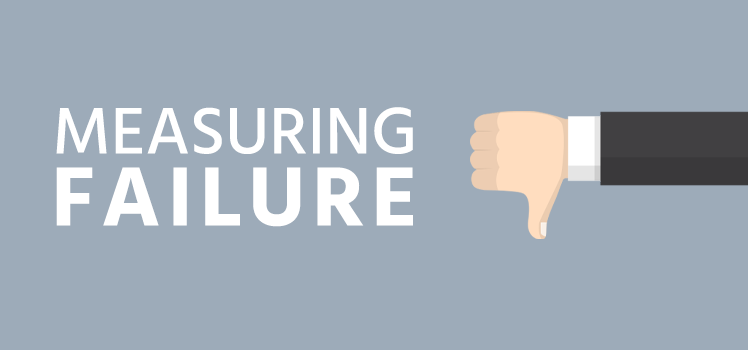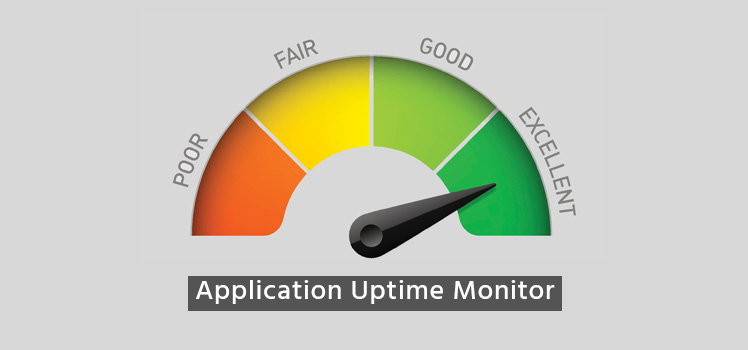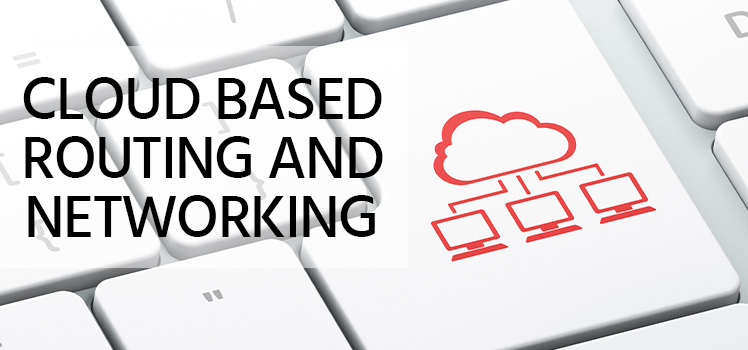Network Failover Can Save Your Business
Don’t put all your eggs in one basket, they say. You should always have a plan B. Companies spend millions on their data connections, but even the best of them can fail. And what happens when you don’t have adequate backup systems in place? Well, take a look at our survey of outages in 2018 and you’ll get an idea. Critical systems in general, and network links in particular, should always have something to fall back on in case of failure. One word to describe this is failover.
What Is Failover?
The best thing that can happen when you lose an important network connection is that another one takes over the data traffic in milliseconds. Such a happy occurrence is not a matter of luck. It’s by design.
According to NetworkWorld, “Failover is the mechanism, be it automatic or manual, for bringing up a contingent operational plan.” The goal is high availability. Redundancy and network failover are servants in that cause.
TechTarget provides this definition: “Failover is a backup operational mode in which the functions of a system component (such as a processor, server, network, or database, for example) are assumed by secondary system components when the primary component becomes unavailable through either failure or scheduled down time.” It’s all about fault tolerance.
We’ve written about how implementing redundancy in your network or your airplane can be a very good thing. As John Downer tells us, sometimes failure is an option. But in the IT world, failure is only ok if you can reliably fail over to the fallback system. Failing over in this case doesn’t mean continually messing up (like some of us do). It’s about having a working system to automatically go to in case of the loss of the primary system.
Failover in the Cloud
There are many ways to implement failover. It could even be manual. If you’re out and about with your laptop and like to use the wifi at the coffee shop, what do you do when it fails? Why, you just switch over to the hotspot on your smartphone. Before automated failover, businesses counted on the quick action of network engineers to reroute traffic when the primary line went down.
Now it’s possible to set up redundant connections with third-party cloud service providers. And there are lots of ways to do it. Links that were once handled locally can be managed by intelligent software that responds according to your wishes.
Some distinguish between cloud failover and DNS failover. But in the eyes of the user, it’s all a mysterious cloud that just works its wonders when triggered. The user just knows that the connection goes from here to there. And they don’t really need or want to know that the primary connection failed over to its backup link. The optimal scenario is when the user doesn’t even notice.
Network Failover and Your Business
Everybody’s situation is different. Some links may be more important to your business than others. But the availability of network connections is a key element in any Disaster Recovery/Business Continuity (DR/BC) plan. Network failover can make or break your business.
The article by Robert J. Shimonski called “The Importance of Network Redundancy” may have been posted in 2010, but is only slightly stale. “Business runs all day, every day and even in off hours,” he writes. “Most companies run operations around the clock, seven days a week so it’s important to realize that to keep a solid business continuity strategy, redundancy technologies should be considered and/or implemented.”
Technology continues to change, and businesses that depend on technology must change with it. The traffic that courses through your network today may pale in comparison to the data flows you will see in ten years.
Technology continues to change, and businesses that depend on technology must change with it. The traffic that courses through your network today may pale in comparison to the data flows you will see in ten years. So you need to constantly update your plan. But at the heart of your redundant network and your overall business continuity plan, you need reliable and consistent network failover mechanisms that will be there when your business needs them.
Conclusion
We’ve gone too far to turn back now. The world is connected through intricate IP networks, with links that function like the veins and arteries in the body’s circulatory system. A severed artery can have devastating effects on the body. In the same way, a broken network link — if left without a contingent connection — can maim or kill your business. That may sound dramatic. But there are plenty of stories out there about companies who didn’t bother to implement effective network failover.
 What is an Application Delivery Network?
What is an Application Delivery Network?  Global Server Load Balancing (GSLB)
Global Server Load Balancing (GSLB)  Measuring Failure
Measuring Failure 


